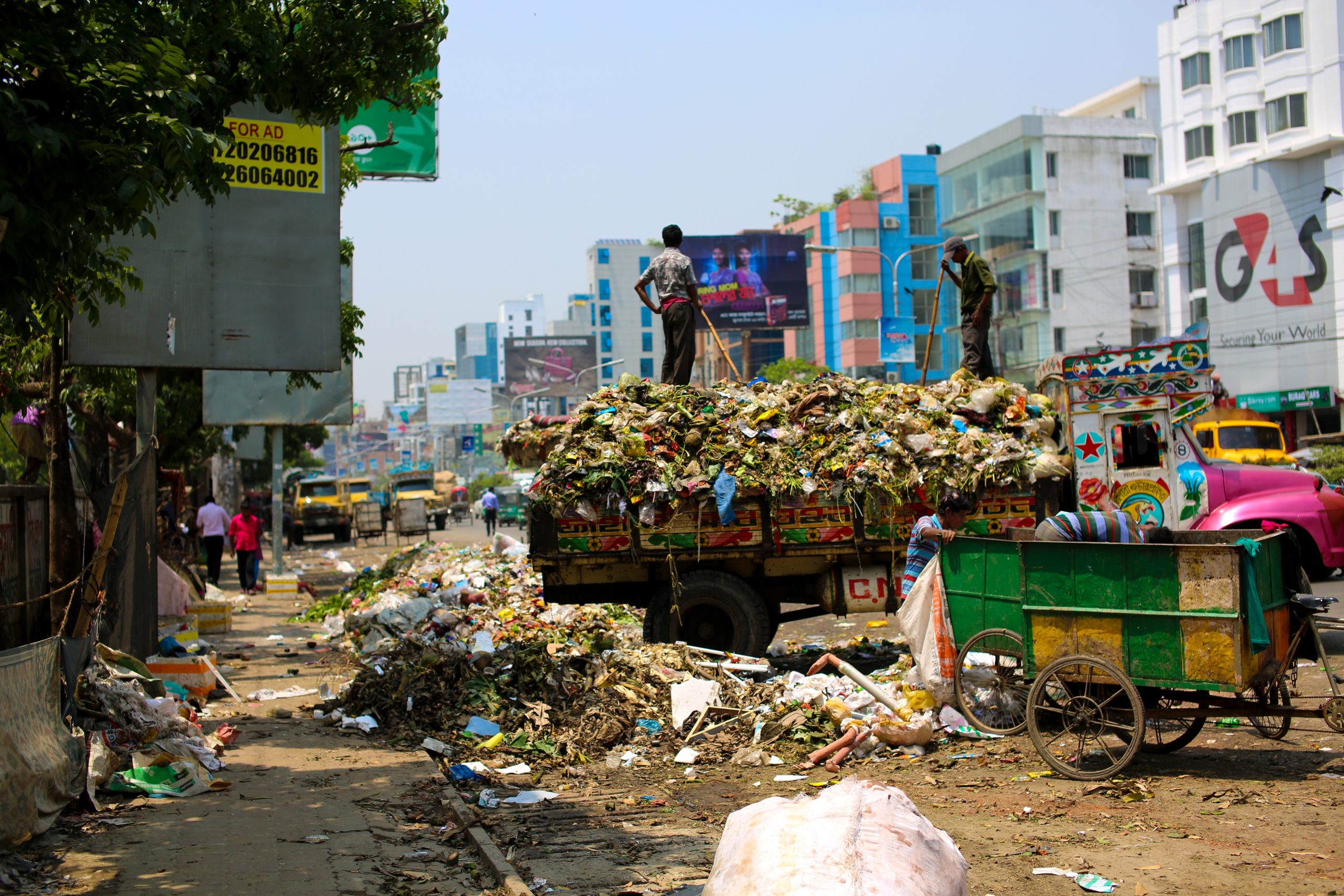Today, as we mark The World Wetlands Day, we explore on the their importance to us as well as how they are at the verge of degradation. Let us start by first understanding what Wetlands are.
They are unique ecosystems that are characterized by their hydrology. They are areas of land that are saturated with water, either seasonally or permanently, and can include marshes, swamps, bogs, and fens.
They are incredibly diverse and provide numerous benefits to both people and the environment. They are important habitats for various species, filter pollutants, help regulate weather patterns, and provide recreational opportunities. They are often referred to as ‘the kidneys of the landscape’ due to their ability to filter and purify water, as well as their ability to store and absorb excess water in times of flooding.
Types of Wetlands

Wetlands are classified by their hydrology and vegetation. For example, Marshes are dominated by grasses, sedges, and other herbaceous plants. Swamps are dominated by trees, such as cypress, mangrove, and tupelo.
Bogs are characterized by acidic waters and are dominated by sphagnum moss and shrubs. Fens are wetlands fed by groundwater and characterized by alkaline waters and a variety of plant species.

Importance of Wetlands
They provide numerous benefits to both people and the environment. They are important habitats for various species, filter pollutants, help regulate weather patterns, and provide recreational opportunities.
They also help to protect coastlines from erosion, store water and recharge groundwater supplies. They are also important carbon sinks, helping to reduce the effects of climate change.
Threats to Wetlands

Wetlands are threatened by a variety of human activities, including urbanization, agricultural activities, and pollution. These activities can lead to their destruction and the disruption of the delicate balance of the ecosystem.
Climate change is also a major threat to wetlands. As temperatures rise, they may become drier, leading to changes in vegetation and the loss of habitat for many species.
Conservation of Wetlands
They are protected by a variety of laws and regulations, both nationally and internationally. These laws and regulations help to protect them from destruction and degradation, as well as to promote their conservation and restoration.
In addition to legal protections, there are a variety of organizations and initiatives that are dedicated to the conservation and restoration of wetlands. These organizations and initiatives work to educate the public about the importance of wetlands and to promote their conservation and restoration.
Conclusion
Wetlands are incredibly important ecosystems that provide numerous benefits to both people and the environment. They are threatened by a variety of human activities, but are protected by a variety of laws and regulations, as well as organizations and initiatives dedicated to their conservation and restoration.
It is important to recognize the importance of wetlands and to take steps to protect and conserve them. With the right actions, we can ensure that they are around for generations to come
Take Action
Now that you know the importance of wetlands, it is time to take action. You can start by reducing your own carbon footprint and by supporting organizations that are working to conserve and protect them.
You can also help to raise awareness about their importance. Share this presentation with your friends and family, and encourage them to take action too. Together, we can help to ensure the future of wetlands and the species that depend on them.
Related links: http://www.nationalgeographic.org




